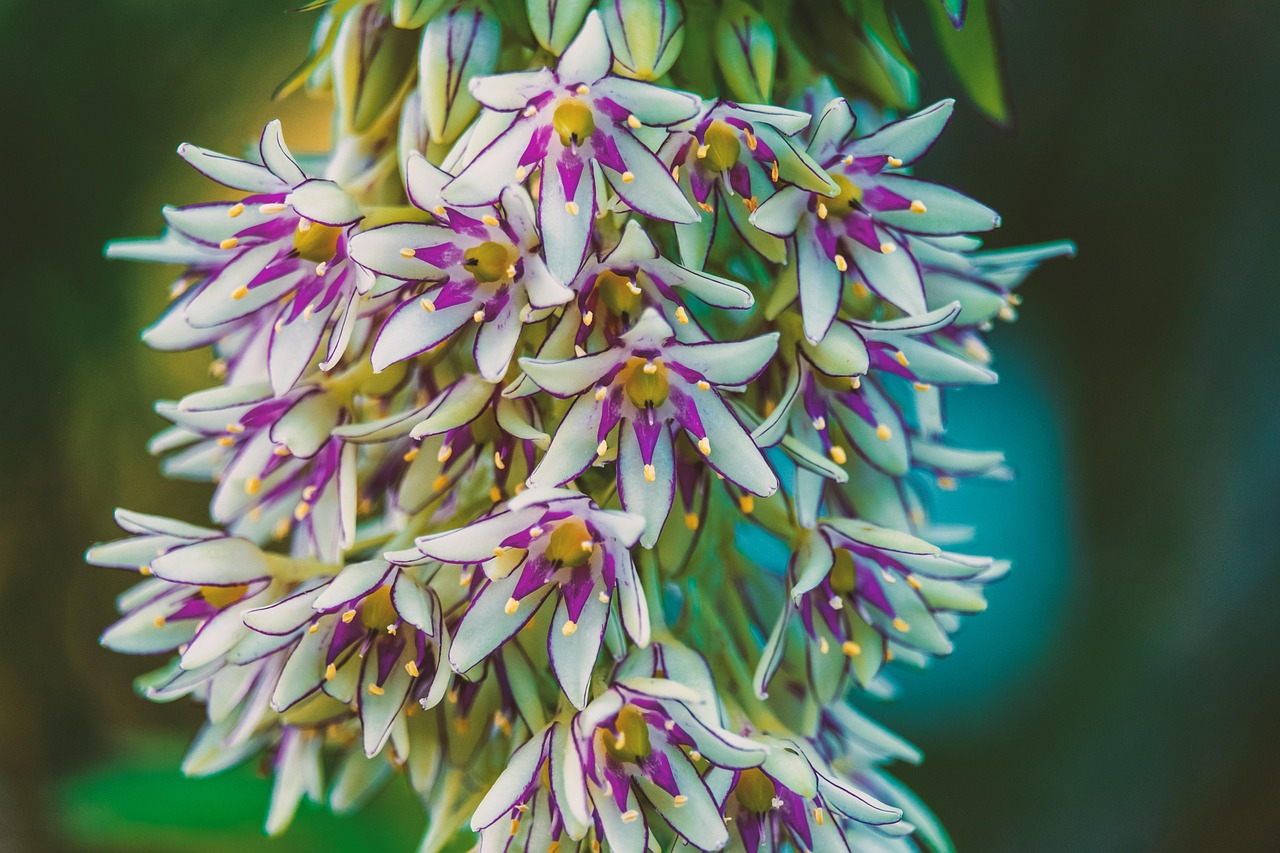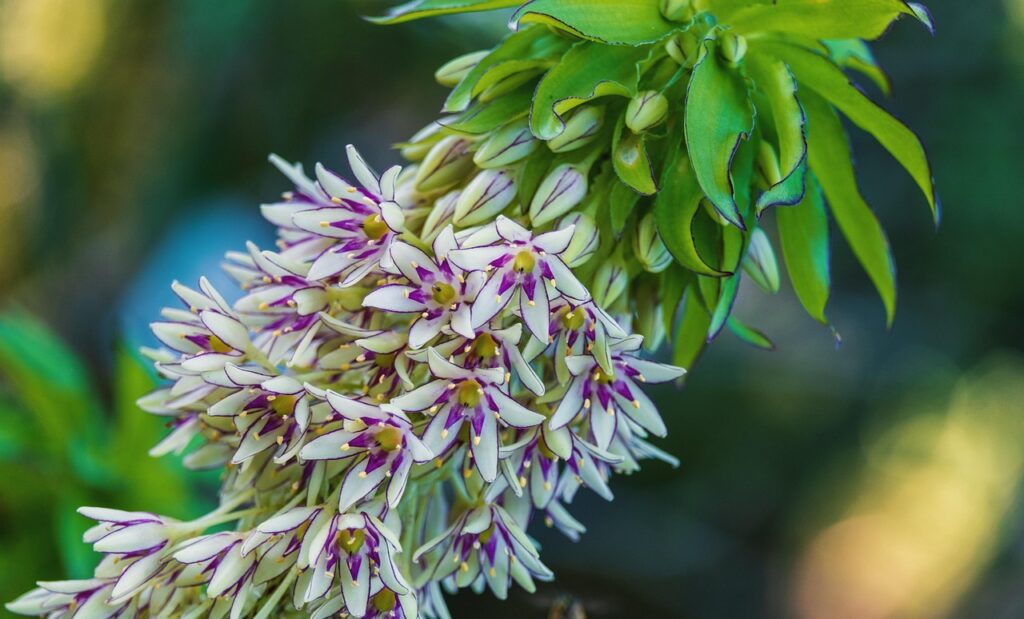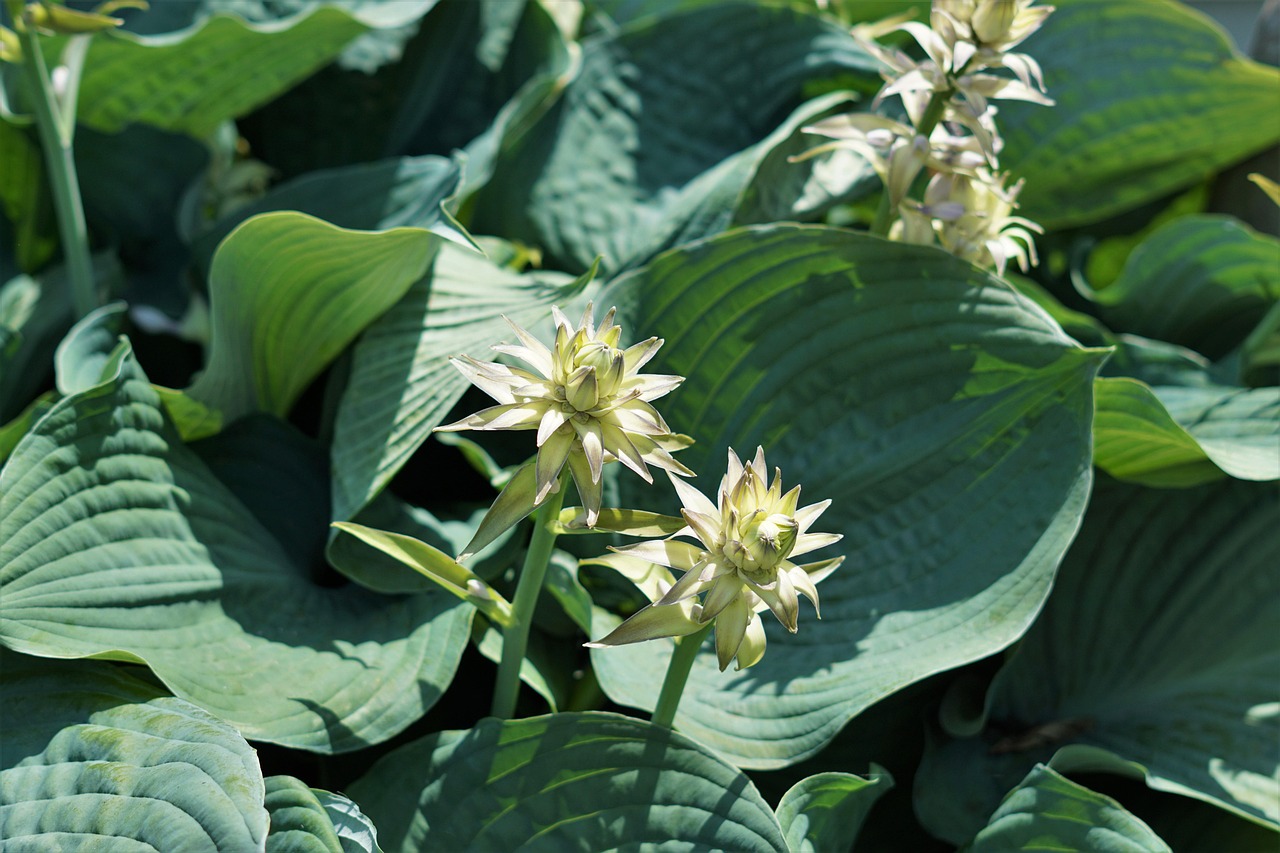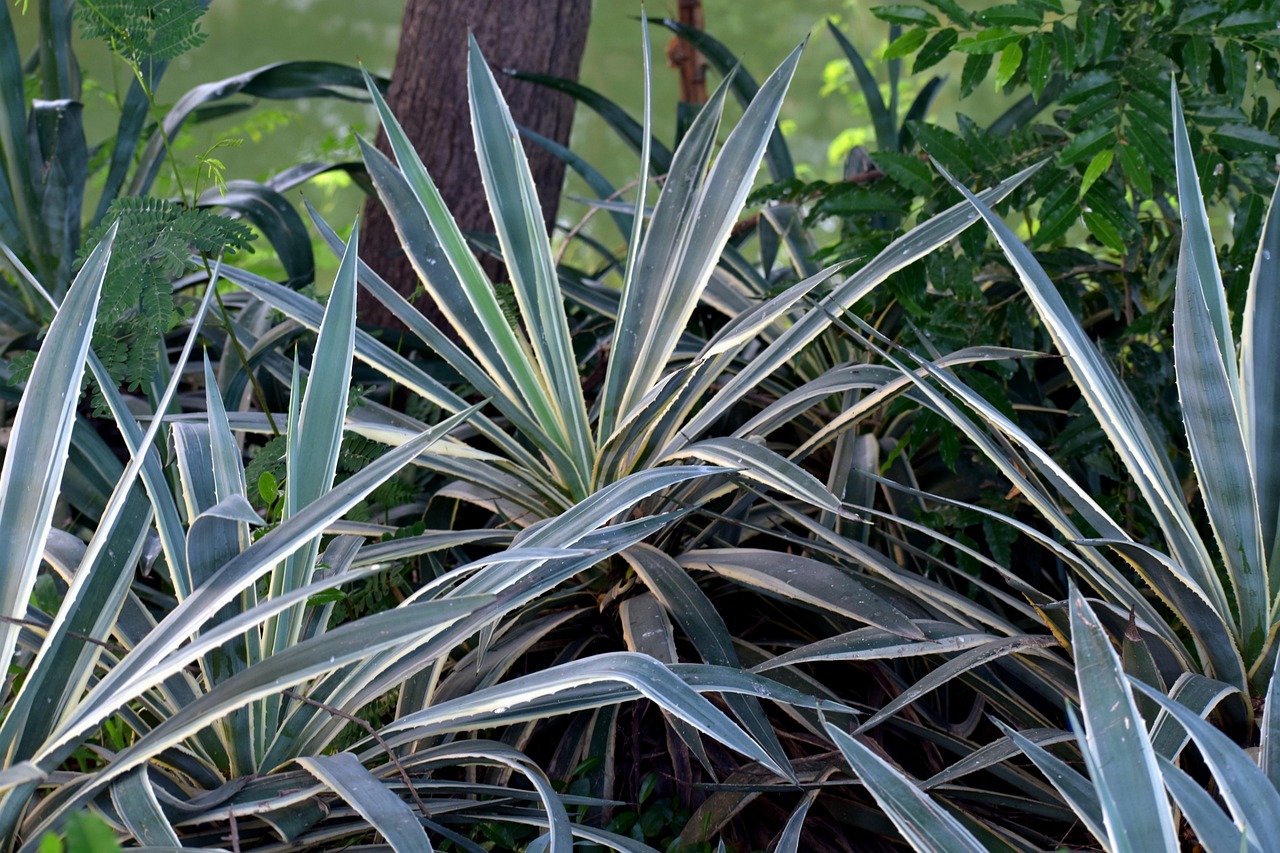Pineapple Lily: Features and Care

Pineapple lily is a bulbous plant with a striking appearance resembling a pineapple. Its flower spike is topped with a cluster of small leaves, giving it a unique and ornamental look. Native to South Africa, it produces star-shaped flowers during summer and is highly valued in gardens for its exotic form.
This article explores the basic information, cultural background, historical context, and care tips for pineapple lily.
Basic Information
- Scientific name: Eucomis spp.
- Family: Asparagaceae
- Origin: South Africa
- Appearance: Pineapple lilies grow thick flower spikes with small, clustered flowers, topped by a crown of leafy bracts. The glossy, wide leaves grow in a rosette from the base.
- Blooming season: Summer (July to September)
Cultural Significance Around the World
Pineapple lily is a native plant of South African grasslands and is integrated into the local landscape. In its home country, it is appreciated as a naturally occurring part of the environment.
In Europe, it was introduced during the 19th-century gardening boom and was quickly embraced for its exotic appeal. Its unusual form made it a popular ornamental plant in formal gardens and greenhouses.
In the United States, it has been widely used in public landscaping and modern garden designs. Its sculptural appearance adds interest to flowerbeds and garden borders.
Historical Background

Pineapple lily was introduced to Europe between the late 18th and early 19th centuries. Plant explorers brought it back from South Africa, and it was displayed in botanical gardens and aristocratic estates.
In Victorian England, it gained popularity as a greenhouse plant and was often found in upper-class collections. This led to further cultivation and breeding, securing its place in ornamental horticulture.
By the 20th century, the plant spread to America and Japan, becoming appreciated as both a potted and outdoor garden plant. Today, it continues to be grown worldwide for its visual impact and ease of cultivation.
Gardening Advice
Pineapple lilies are relatively easy to grow and bloom annually when given the right conditions. Follow these tips to help them thrive:
Sunlight
Prefers full sun. It will also grow in partial shade, but flowering improves with sufficient light.
Watering
During the growing season, water thoroughly when the soil surface becomes dry. Avoid overwatering to prevent bulb rot. Reduce watering in the dormant season.
Soil
Well-draining soil with a slightly sandy texture is ideal. Add perlite or pumice to commercial potting mix for improved drainage.
Fertilizer
Use a slow-release fertilizer during the growing season. Feeding before and during blooming will enhance flower longevity.
Pruning and Maintenance
After blooming, remove flower stalks. Leave the foliage until it yellows to nourish the bulb for the next season.
Winter Care
In cold climates, grow in pots and move indoors during winter. For outdoor planting, protect bulbs with mulch or frost cover.
Conclusion
The pineapple lily, with its distinctive pineapple-like shape, is a captivating bulb plant native to South Africa.
Since its introduction to Europe in the 19th century, it has become widely appreciated for its ornamental qualities. Its unique silhouette enhances both traditional and modern gardens.
With proper light and drainage, it reliably blooms in summer. Thoughtful winter care ensures long-term enjoyment, making it a popular choice for garden enthusiasts worldwide.




